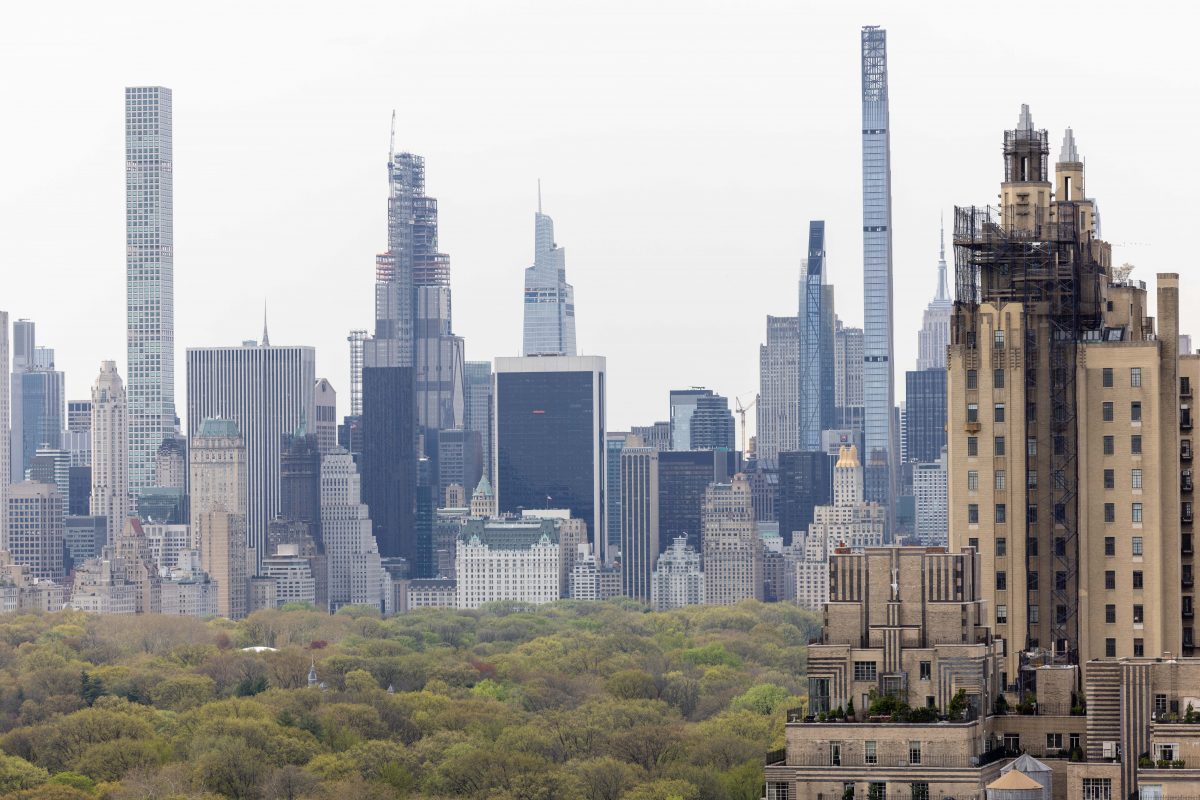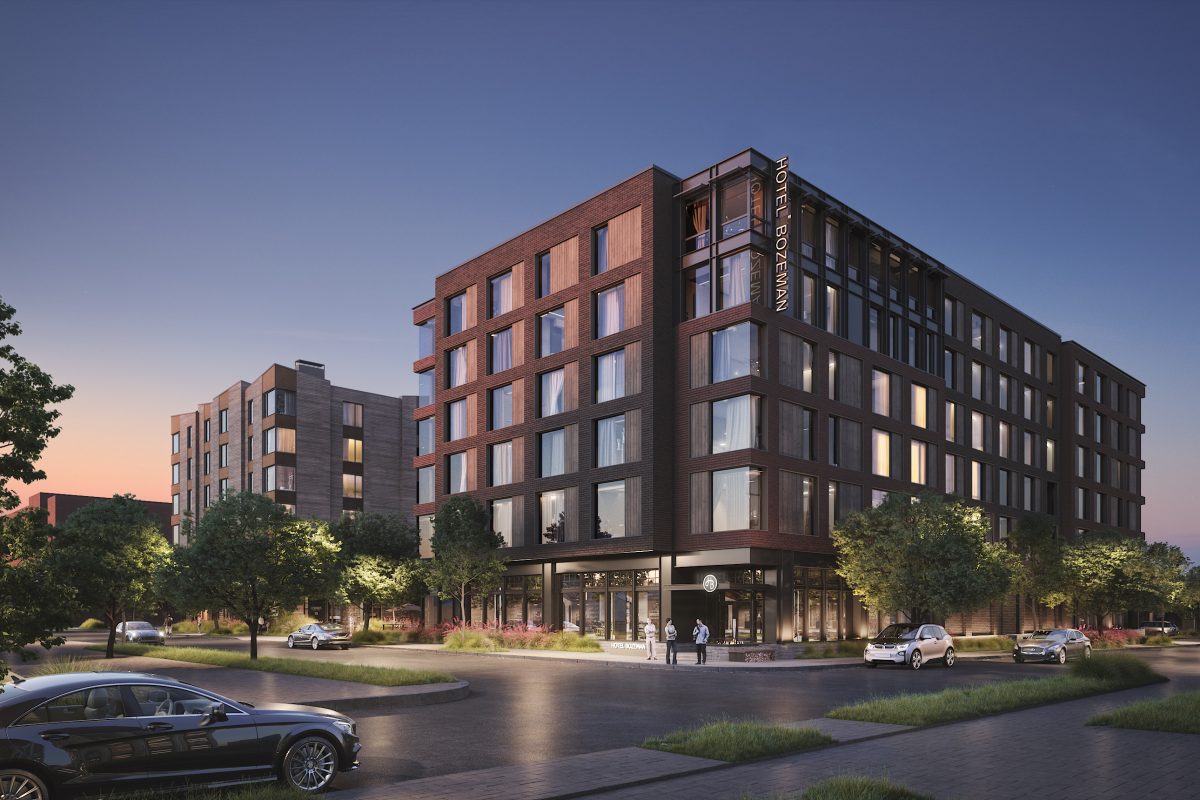A native Angeleno and regarded design scholar, architect David Ko grew up admiring the 1920s and 30s bungalows and Spanish courtyards that dominated Hancock Park and West Hollywood. As a teenager he would spend hours on foot, exploring local neighborhoods and sketching old homes on strolls around Los Angeles, and it was these early outings that inspired him to pursue a career in architecture. Ko is widely recognized in the field for his honest and timeless approach to building, looking to the past to shape and inform the way he approaches design today. One of Ko’s latest projects involved designing several homes at the newly-built Country Ridge Estates, a community represented by The Agency’s Craig Knizek and Michelle Schwartz We recently sat down with Ko for a chat about Old Hollywood architecture, upcoming projects, and the back issues of Architectural Digest that inspire him.

What is it about “Old Hollywood” design that moves you?
I’m fascinated by the homes of 1920s “Old Hollywood” and the honesty of their design. I grew up as an immigrant in Chinatown and the surrounding neighborhoods, but I took advantage of bus rides to explore areas like Sunset and Fountain, Hancock Park and other neighborhoods where you could see these beautiful courtyard apartments I heard so much about but never experienced. I would admire these old homes and wished that one day I could live in or design them. There was something about them, an honest approach where what you see on the outside is comparable to what you get on the inside. I studied these homes in an effort to understand how people lived inside of them. When I was young, I spent a lot of time sketching these homes. I found that it helped to keep a design in memory. I would walk around and take sketches of the exterior, take the opportunity to go to open houses and admire them from the inside. Many of these homes still exist today and have been renovated, and to me the people who live in these homes are responsible; they leave the integrity of the home and update the interior to suit a modern lifestyle. When I design today, I recall all of these childhood memories and design homes that are extremely honest.
What design elements of Old Hollywood architecture do you incorporate in your planning of homes today?

My ideology is that a home should be designed for comfort and living and not for the grand appearance. When renovating homes, I try to retain the outside structure and the old aesthetic and then incorporate a modern floor plan. I also try to create common areas that are very visible to the rest of the house. I always design homes for flexibility and family. Old Hollywood homes were designed so that guests would have the option of joining the host or having their own privacy, so that’s how I set up guest suites, with their own wings and separate entries. Downstairs, lots of plans nowadays only have one great room because of the scarceness of land. I try to hold on to the old-fashioned, Old Hollywood idea of having a formal living room and dining room. I also incorporate accordion doors into formal spaces. Those doors are an important update for today’s lifestyle. I let the house speak for itself with light and shadow and not many accessories on the outside. Nothing is purely decorative; everything serves a purpose.
Your most recent project was Country Ridge Estates in Calabasas. Are you currently working on any other projects?
I’ve been fortunate to work on another project not too far away from that home site in Monte Nido, a neighborhood in Malibu. I plan a lot in that area because it’s politically active and the neighbors are also active within that community. When I first started working in Monte Nido, I became acquainted with the neighbors and their aesthetic desires for future homes in their community. They want honest, pure home styles and design that stands the test of time.

My staff and I also work in Silicon Valley quite a bit, where we design for the Millennials of the Los Gatos area. I travel there and observe a lot. Millennials are a distinctive group and the ones in that area have a sophisticated sense of style. They may have a lot of money, but they don’t necessarily want to drive expensive cars; they’re conscious of the environment and how they live. The homes I design for them look like 20s craftsman and have a lot of hidden space. For example, I’ve planned homes that appeared to be 1200 square feet but had added elements such as a state-of-the-art basement or a detached garage with a guest studio above it, where there’s 3500 square feet of total living space.
You have one of the largest private collections of architectural texts and periodicals in the nation. Can you give us any details?
I have a big collection of architectural books dating back to Lincoln’s assassination. I own every Architectural Digest magazine issue that’s been in print since its first publication in the 1920s. I started collecting because I knew that if I want to be unique in my profession, I needed to have a source that I could refer to in order to get a better understanding of older architecture and design execution. Sometimes designing requires more attention to detail than what can be held in memory, so I look to the books.
How have you seen Architectural Digest evolve over the centuries?
The publication has certainly changed over the years, but the thing that has remained the same is the timeless shots. I am always referring to their exterior shots because they’re so few and far between now. Earlier Architectural Digest issues had lots more exterior shots. Earlier issues are much more valuable for me until around 1955 when the direction changed, and it became more of an interior design magazine. Now it’s accessible to everyone, but back in those days, only the very wealthy could afford to buy a copy. The editor bought my collection because she wanted to use it to write a book. Now I’m working on my second collection!


